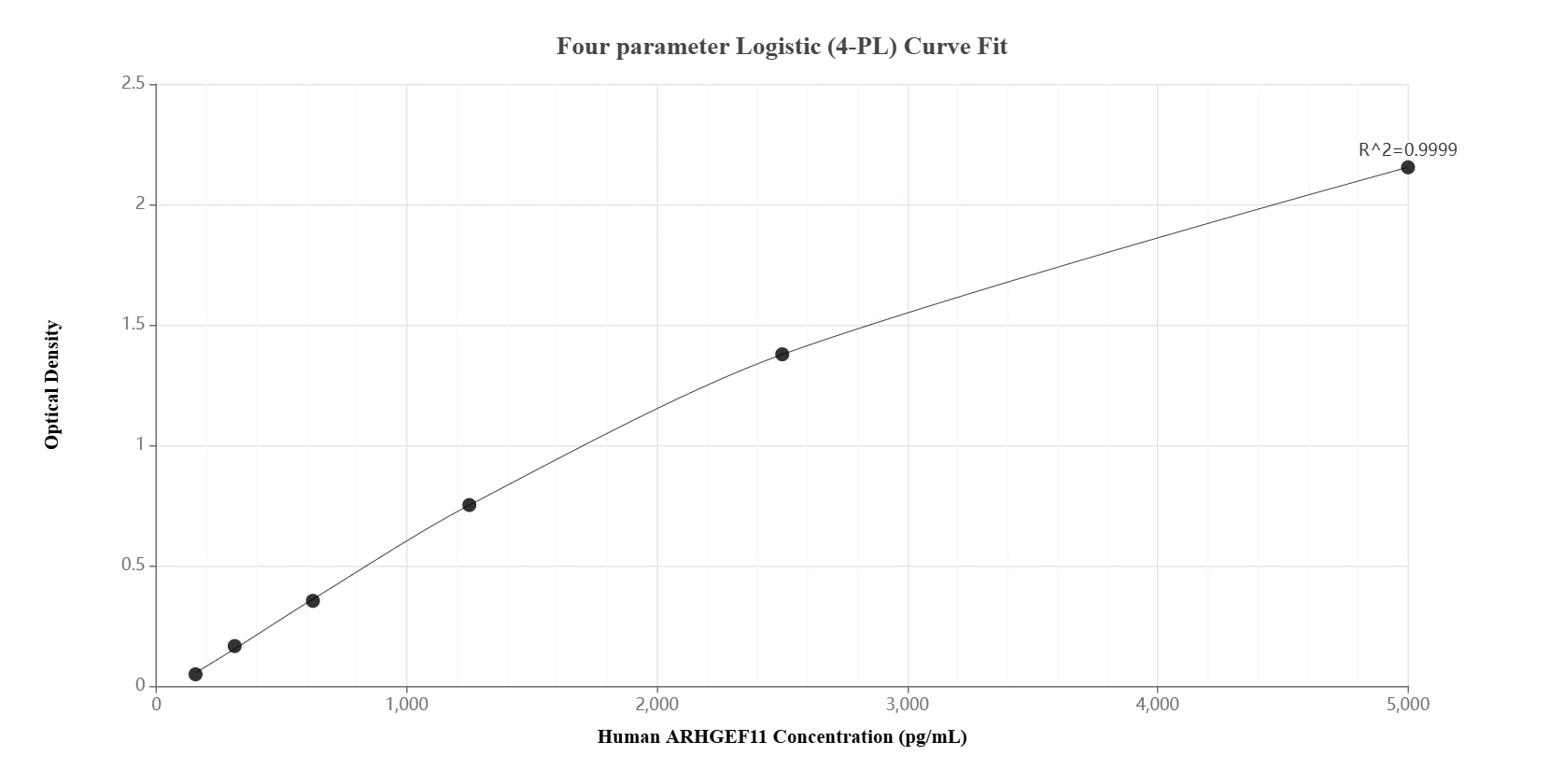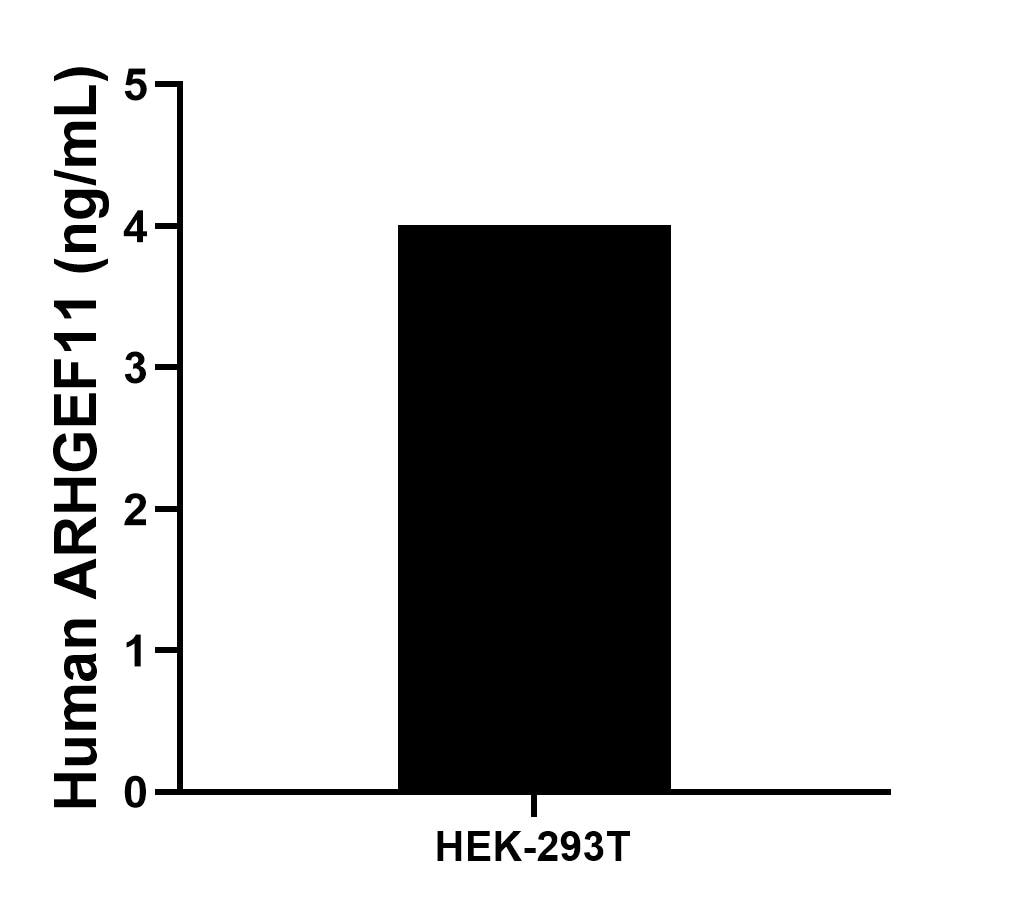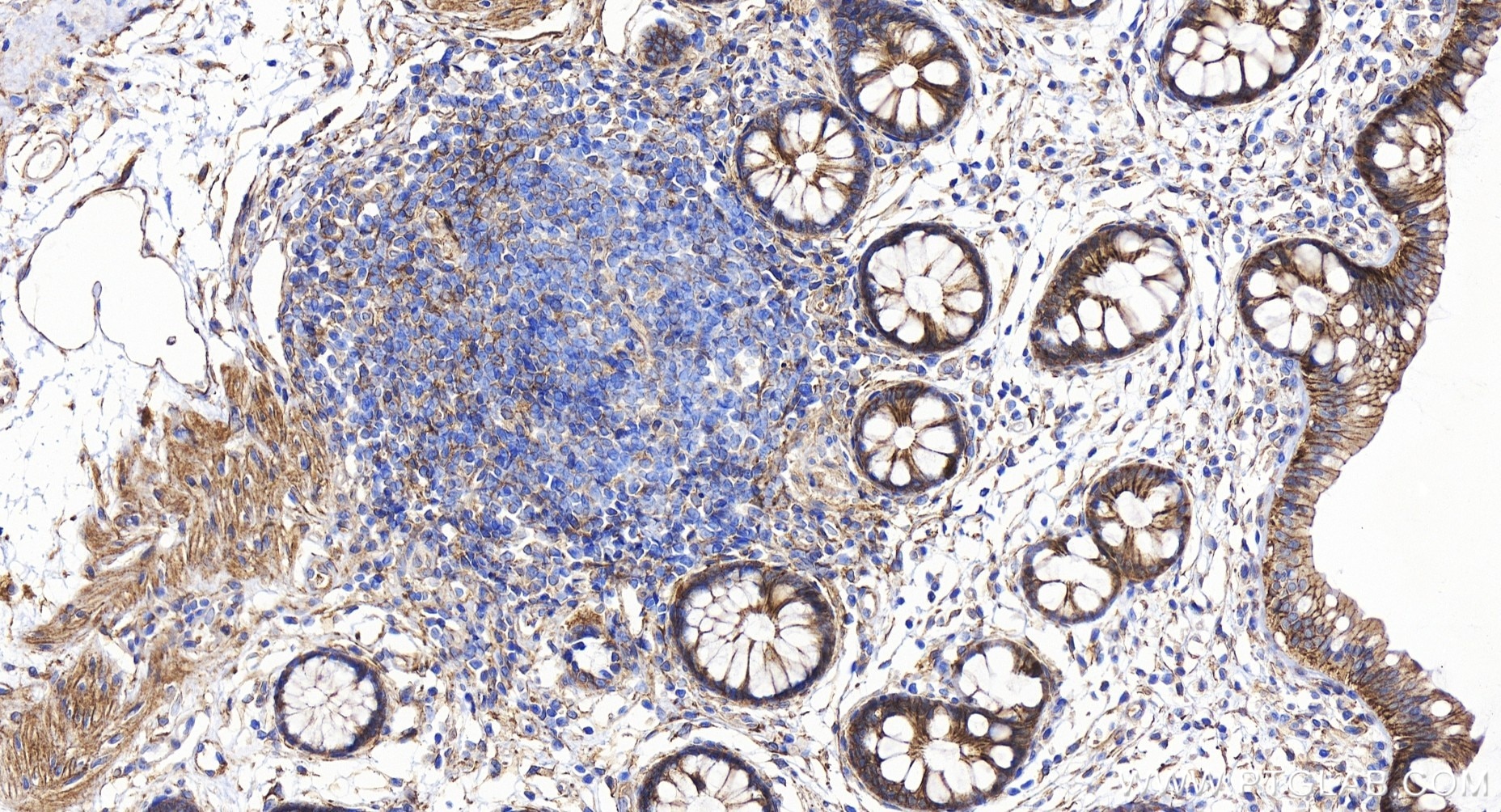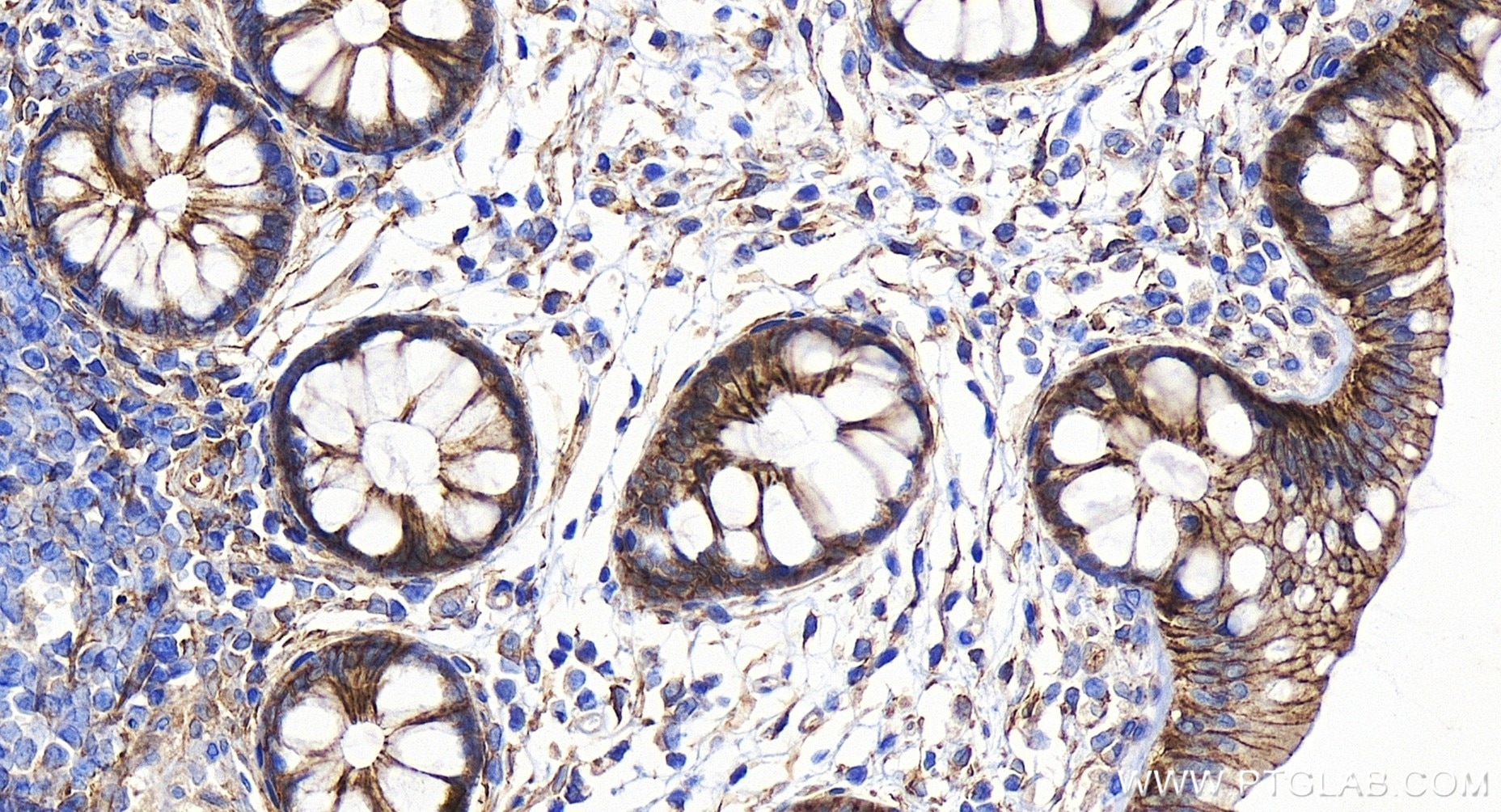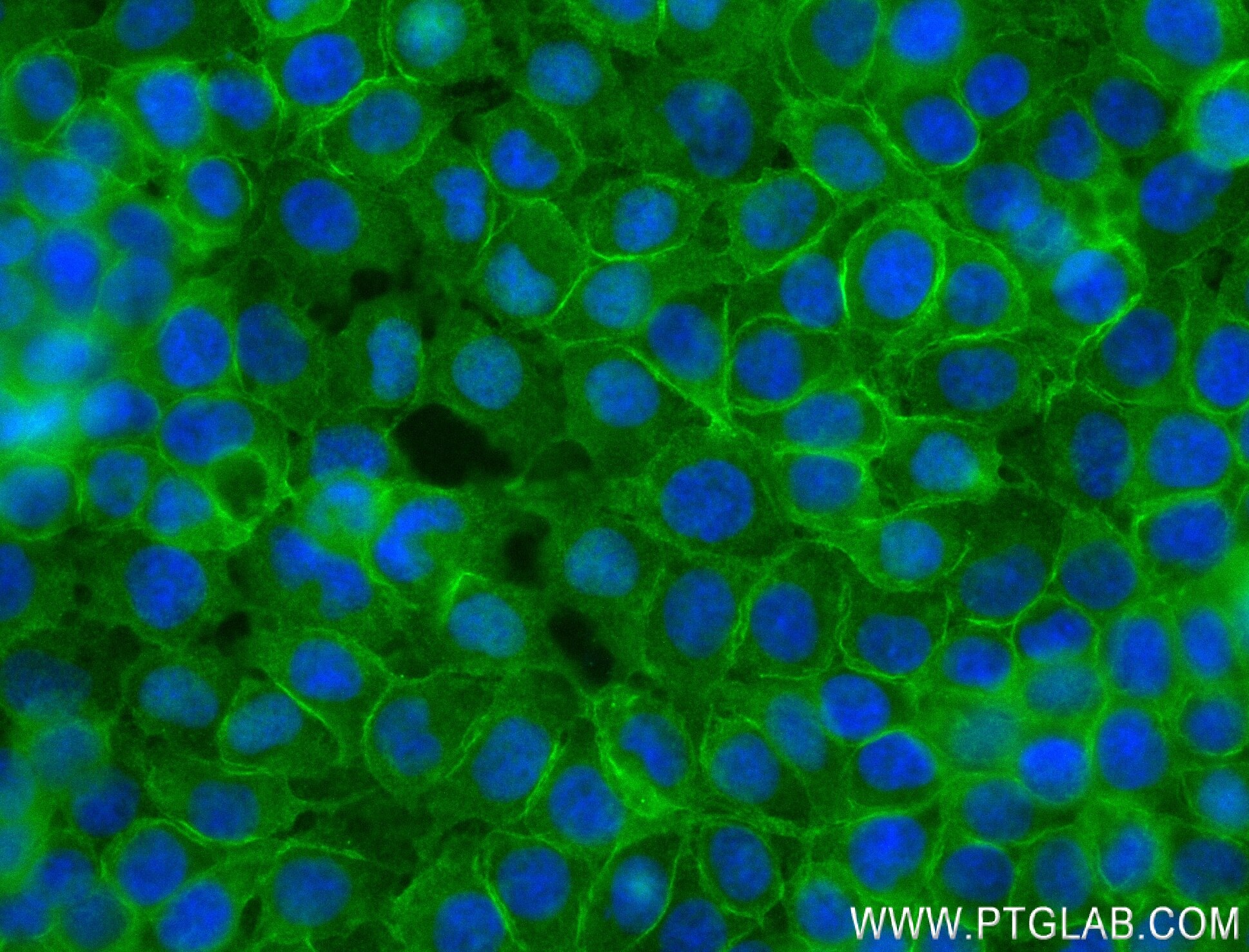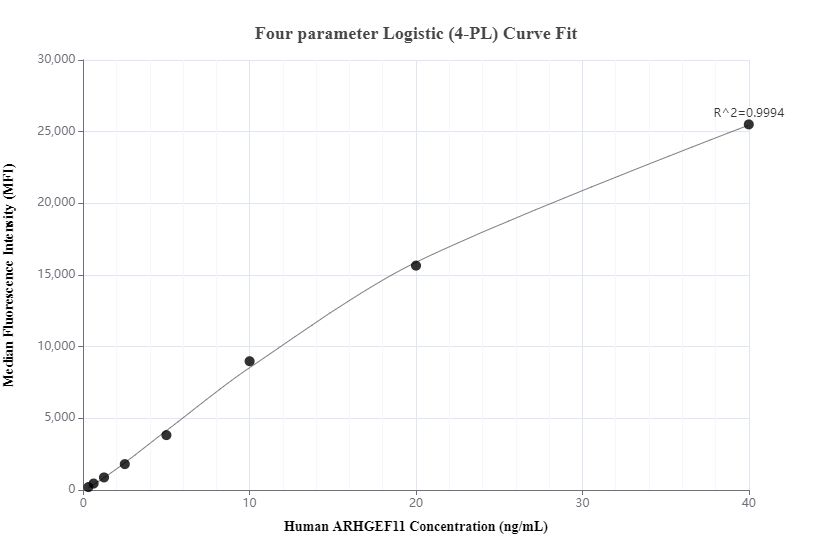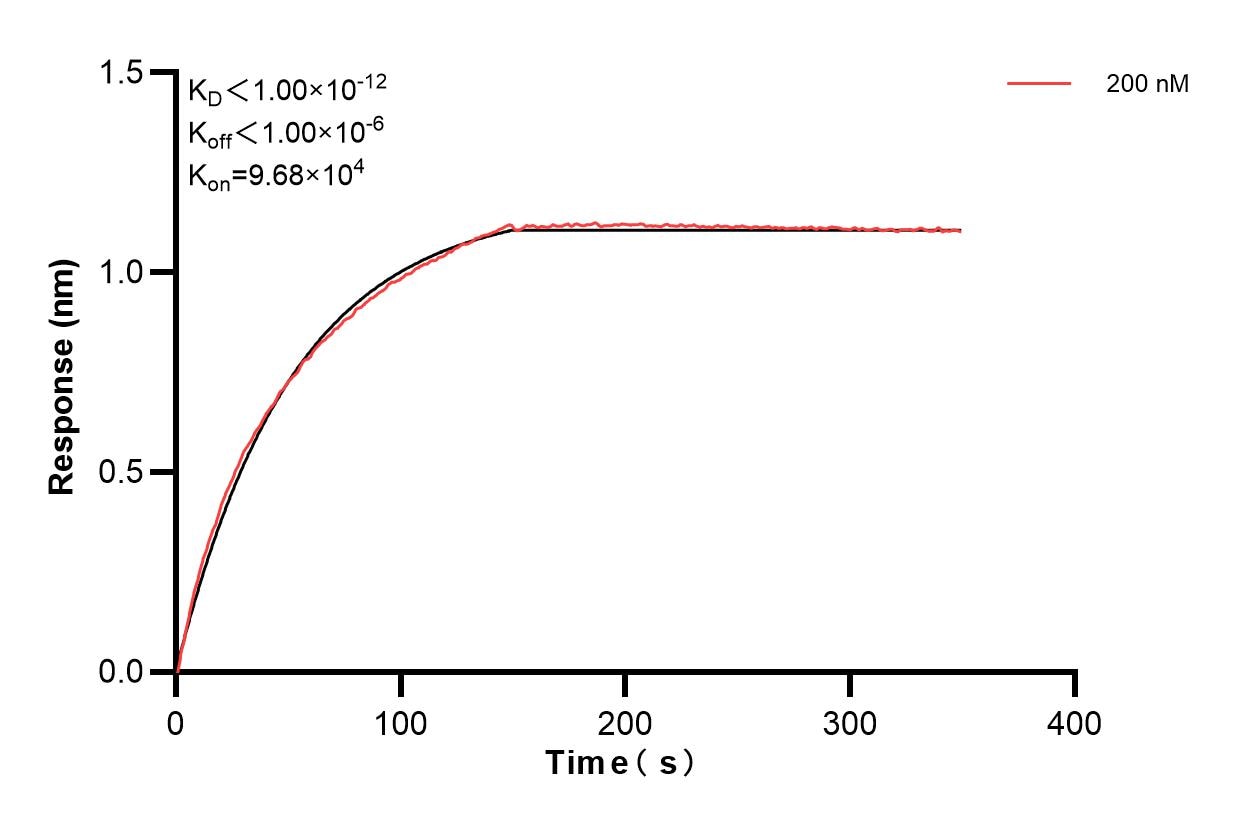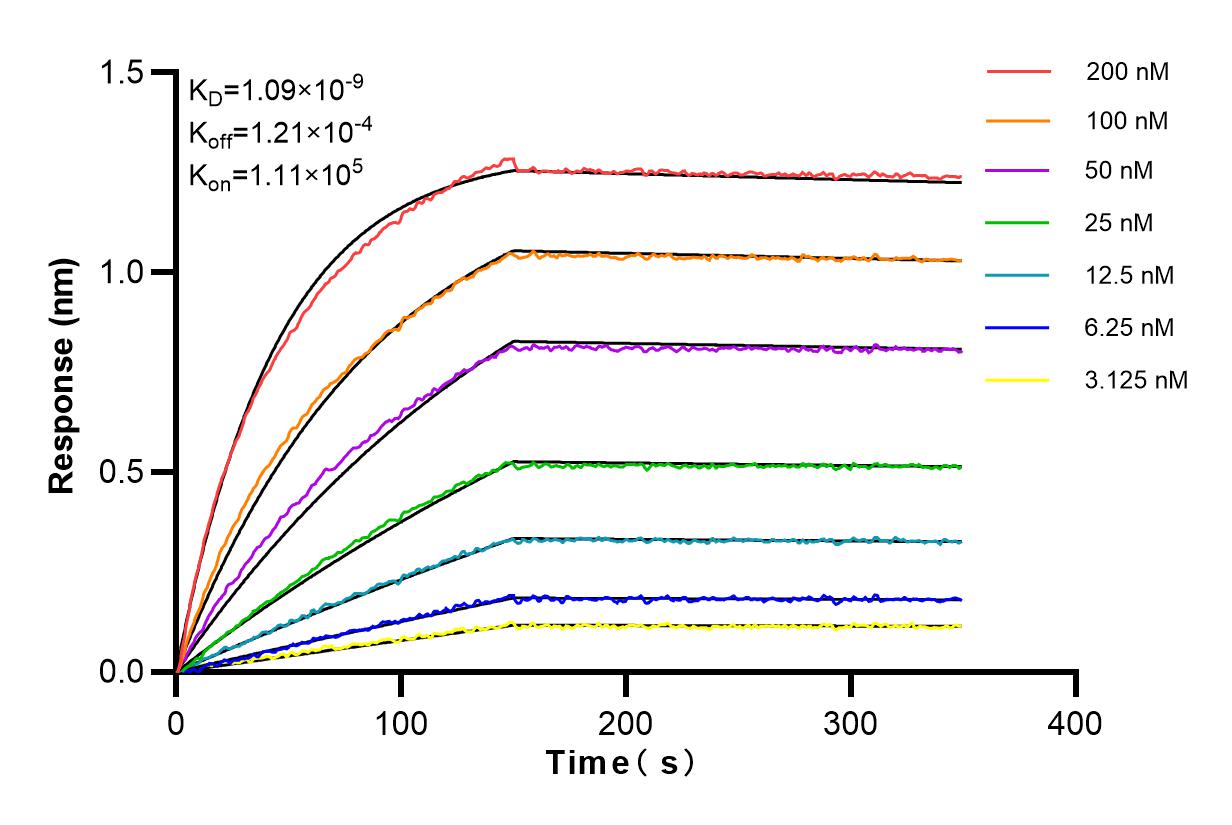Validation Data Gallery
Tested Applications
Recommended dilution
| Application | Dilution |
|---|---|
| It is recommended that this reagent should be titrated in each testing system to obtain optimal results. | |
Product Information
84149-1-PBS targets ARHGEF11 as part of a matched antibody pair:
MP01063-2: 84149-3-PBS capture and 84149-1-PBS detection (validated in Cytometric bead array, Sandwich ELISA)
Unconjugated rabbit recombinant monoclonal antibody in PBS only (BSA and azide free) storage buffer at a concentration of 1 mg/mL, ready for conjugation. Created using Proteintech’s proprietary in-house recombinant technology. Recombinant production enables unrivalled batch-to-batch consistency, easy scale-up, and future security of supply.
This conjugation ready format makes antibodies ideal for use in many applications including: ELISAs, multiplex assays requiring matched pairs, mass cytometry, and multiplex imaging applications.Antibody use should be optimized by the end user for each application and assay.
| Tested Reactivity | human |
| Host / Isotype | Rabbit / IgG |
| Class | Recombinant |
| Type | Antibody |
| Immunogen |
CatNo: Ag33104 Product name: Recombinant human ARHGEF11 protein Source: e coli.-derived, PGEX-4T Tag: GST Sequence: ETQAAQEPEDDLTPTPSVISVTSHPWDPGSPGQAPPGGEGDNTQLAGLEGERPEQEDMGLCSLEHLPPRTRNSGIWESPELDRNLAEDASSTEAAGGYKVVRKAEVAGSKVVPALPESGQSEPGPPEVEGGTKATGNCFYVSMPSGPPDSSTDHSEAPMSPPQPDSLPAGQTEPQPQLQGGNDDPRRPSRSPPSLALRDVGMIFHTIEQLTLKLNRLKDMELAHRELLKSLGGESSGGTTPVGSFHTEAARWTDGSLSPPAKEPLASDSRNSHELGPCPEDGSDAPLEDSTADAAASPGP 相同性解析による交差性が予測される生物種 |
| Full Name | Rho guanine nucleotide exchange factor (GEF) 11 |
| Calculated molecular weight | 168 kDa |
| Gene Symbol | ARHGEF11 |
| Gene ID (NCBI) | 9826 |
| Conjugate | Unconjugated |
| Form | |
| Form | Liquid |
| Purification Method | Protein A purification |
| UNIPROT ID | O15085 |
| Storage Buffer | PBS only{{ptg:BufferTemp}}7.3 |
| Storage Conditions | Store at -80°C. |
Background Information
ARHGEF11 (Rho Guanine Nucleotide Exchange Factor 11), also known as PDZ-RhoGEF or GTRAP48. ARHGEF11 contains several functional domains, including a PDZ domain and a RhoGEF domain. The PDZ domain allows it to interact with various proteins, such as ZO-1 and plexins, while the RhoGEF domain enables it to activate Rho GTPases. ARHGEF11 is a multifunctional protein that plays crucial roles in cell adhesion, signal transduction, and development. Its dysregulation has been linked to several diseases, making it an important area of research for potential therapeutic applications.

